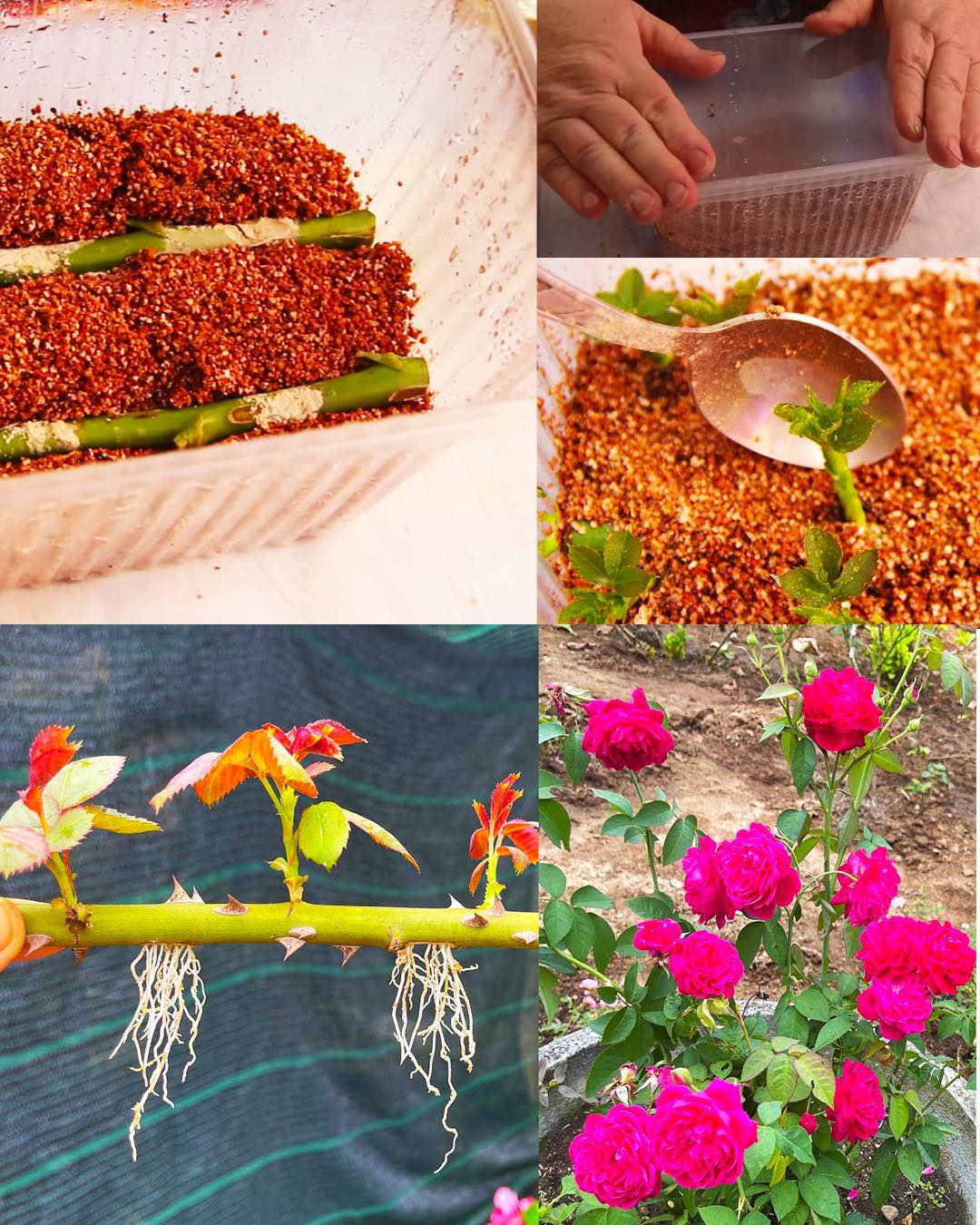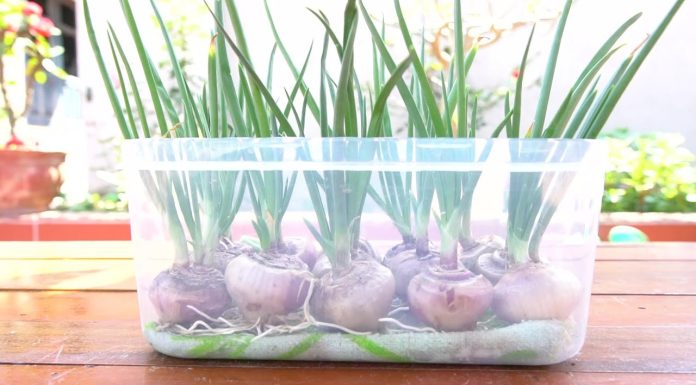Growing roses from cuttings can be an exciting and straightforward process, especially when employing the unique sideways planting technique. This method allows you to propagate new rose plants using horizontal stems, much like tucking them into bed for growth. Here’s a step-by-step guide to successfully grow roses using this simple approach:
Materials Needed:

- Healthy Rose Cuttings: Select stems from mature rose plants, ensuring they’re long enough to comfortably fit inside the chosen container.
- Container with Drainage Holes: Opt for a container that accommodates the length of the cuttings and allows proper drainage.
- Growing Medium: A mix of perlite and vermiculite or a well-draining potting mix.
- Rooting Hormone: Powder or gel to encourage root growth.
- Spray Bottle: To maintain moisture levels.
Steps:
- Prepare the Container: Fill the container with a layer of damp perlite to facilitate drainage.
- Layer Vermiculite: Add a layer of moist vermiculite on top of the perlite, ensuring it’s evenly spread and slightly damp.
- Prepare the Cuttings: Trim healthy stems to about 6-8 inches in length, removing any flowers or buds. Make slanted cuts at the ends to expose more surface area for root development.
- Apply Rooting Hormone: Dip the angled ends of the cuttings into rooting hormone powder or gel to boost root growth.
- Lay Cuttings Sideways: Place the prepared cuttings horizontally inside the container filled with vermiculite, gently pressing them into the medium. Leave one end slightly exposed.
- Cover and Maintain Moisture: Add more damp vermiculite to cover the cuttings partially, ensuring the angled ends remain exposed. Use the spray bottle to keep the medium moist without overwatering.
- Create a Humid Environment: Cover the container with a lid or plastic wrap to create a mini-greenhouse effect. Ensure there’s some airflow while maintaining humidity.
- Monitor and Wait: Regularly check for signs of root growth. Mist the cuttings as needed to keep the environment conducive to root development.
- Transplanting: Once roots have established and new growth appears, carefully transplant the rooted cuttings into individual pots or your garden.
Tips:
- Orientation is Key: Place the cuttings horizontally, with one end slightly exposed for successful growth.
- Maintain Moisture: Keep the medium consistently moist but avoid waterlogging.
- Be Patient: Rooting can take time, so be patient and provide proper care for successful propagation.
By following these steps, you can effectively grow new rose plants from cuttings using the simple and innovative sideways planting method. Enjoy cultivating beautiful roses in your garden using this straightforward approach!










